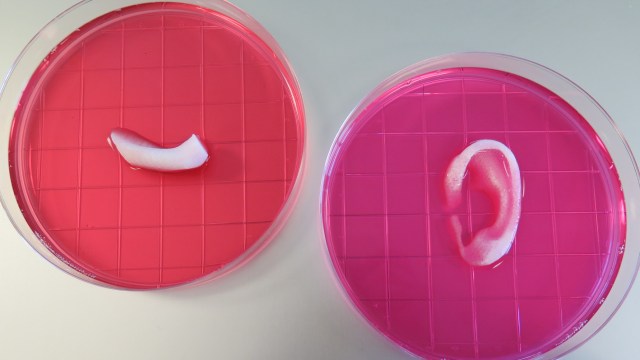The Future Of Astronomy: The Starshade And Exoplanet Imaging
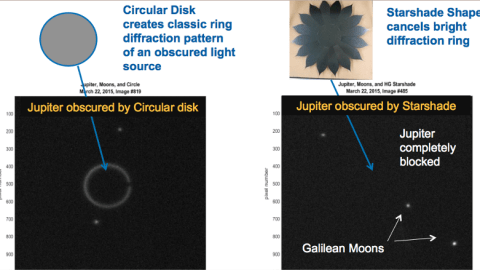
How we’ll directly take pictures of Earth-like planets in the future!
“We stand on a great threshold in the human history of space exploration. If life is prevalent in our neighborhood of the galaxy, it is within our resources and technological reach to be the first generation in human history to finally cross this threshold, and to learn if there is life of any kind beyond Earth.”
–Sara Seager
If you had asked an astronomer 25 years ago whether there were planets around other stars like the Sun, they would’ve told you, “probably,” but without a single example to point to. If you had asked just five years ago whether there were rocky planets like Earth around other Sun-like stars, they would’ve told you, “probably,” but without a concrete example of one. Yet as of today, in 2016, we’ve discovered more than two thousand confirmed planets around stars in other solar systems, including hundreds of rocky worlds, with perhaps eight-to-twelve of those rocky worlds in the right location to have liquid water and potentially life on the surface. Without improved technology, all we can do is speculate. But if we could measure the light coming from those rocky worlds, we could look for the signatures we associate with life:
- liquid, watery oceans and continents,
- atmospheres with rich oxygen contents and other gases conducive to life,
- molecules with distinct biosignatures,
- and even evidence that the life signatures on the surface of the world change with the seasons.
It might sound like a pipe dream, but with the advent of a new piece of technology called a starshade, all of this information could be at our fingertips.

Consider that all of this information that we’d want to know is contained in just a few thousand photons coming from a world not so different from Earth. As Earth rotates in its orbit, we see different ratios of ocean to land, allowing us to learn how much of the surface is covered in liquid versus how much is solid. By collecting the reflected sunlight from the planet’s atmosphere, we can see what spectral absorption features are present, telling us what the ratio of gases like nitrogen, oxygen, carbon dioxide, water vapor and methane are, allowing us to determine whether this planet is likely inhabited or not. And by observing the Earth at different positions in its orbit — and hence, during different seasons — we could see the land masses change from being covered in greenery to a dull brown to coated in reflective ice, and back again.
The key to all of this is collecting light from the planet without having that light swamped by the star itself. You might think that by simply blocking out the star’s light with a small disk, something called a coronagraph, we’d be able to do exactly that. It’s true that we use coronagraphs in astronomy to great effect, but light has the unfortunate property (since it behaves as a wave) that it diffracts around any object, including a coronagraph, and that the amount of diffracted light that slips through would swamp any signal from a planet that’s many billions of times fainter than the star it orbits. Yet there’s a beautiful optical trick we can use to block the star’s light entirely: by putting a perfectly shaped optical object of the right size a long distance away from the telescope’s lens. In other words, the solution to seeing a faint planet isn’t itself a task for a more powerful telescope, but for a special light-blocking “shade” for a telescope, the same way the Moon shades us on Earth during a total solar eclipse.
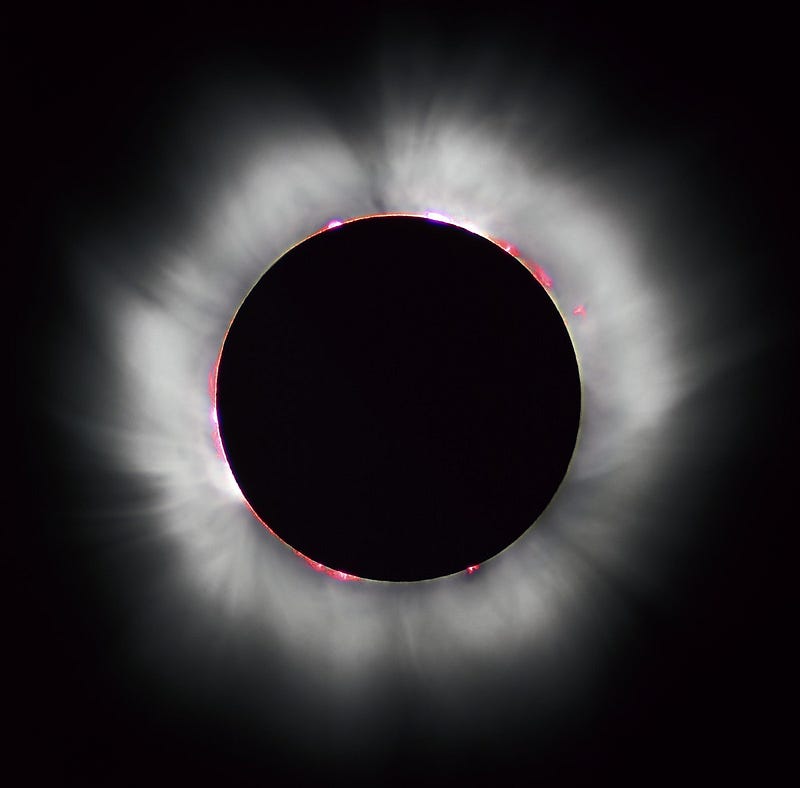
This shade wouldn’t be circular, though, and couldn’t be nearly as big as the Moon is in terms of angular size. What we’d be looking for was a planet separated from its star by just 1/36000th of a degree, which means we’d need it to take up just a tiny fraction of the area that a telescope can observe over. There are three special properties a “shade” like this would have to have:

- It would have to be very particularly shaped; not spherical, but a special mathematical shape known as a hypergaussian surface, which has the special properties that all the starlight that gets diffracted around the edges of this surface winds up destructively interfering with itself. As a result, the starlight gets suppressed by a factor of more than 10¹⁰, allowing the planet to be imaged.
- It would have to be large and extremely distant, due to an optical property known as a Fresnel Number. Basically, the shade needs to be a certain angular size, and its Fresnel Number will be larger if the screen is really far away. Large numbers are better for reducing the amount of light that sneaks through, so your best bet is to build a shade that’s large and extremely distant, in order to reduce the noise that the external starlight introduces.
- And finally, it needs to be perfectly aligned along the line-of-sight to your telescope, meaning it needs to have its own propellant and stabilization that works perfectly in-synch with the telescope it’s connected to.
For a Hubble-class telescope, like NASA’s proposed WFIRST mission, this would require a 35-meter long starshade — as measured from tip-to-tip — that flies at a distance of 40,000 kilometers (or the circumference of the Earth!) from a 2.4-meter wide telescope.
https://www.youtube.com/watch?v=gC7pjlCKZe4
The technical challenges are many, as this shade would have to:
- unfold in space the right distance from the telescope,
- enable the telescope-starshade-star alignment to be so consistently perfect that the starlight can be blocked and the planets can be directly imaged without any interference from the star,
- it would have to remain in perfect alignment even as the spacecrafts both continue orbiting in space,
- and it would have to journey across the sky to the right location — a journey of tens of thousands of kilometers — for every new target you wanted to image.
Yet even so, if we flew a starshade with WFIRST, NASA’s flagship decadal mission of the 2020s, we’d be able to collect data like this for all the rocky worlds around perhaps the thirty closest stars, and have our first glimpse of rocky planet atmospheres for a “mere” cost of just $1 billion.
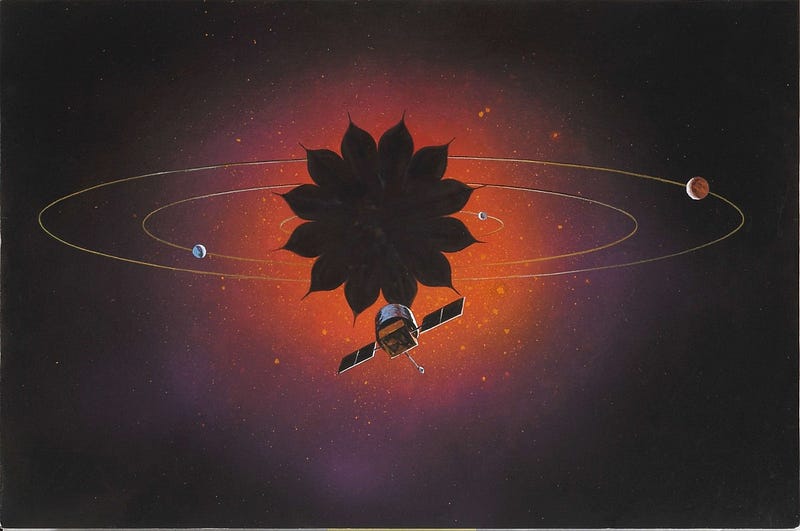
You might be wondering if this would even work, as you’d be right to do so. As part of the proof-of-concept, they built a model starshade and took a photograph of Vega, one of the night sky’s brightest stars, without a starshade:
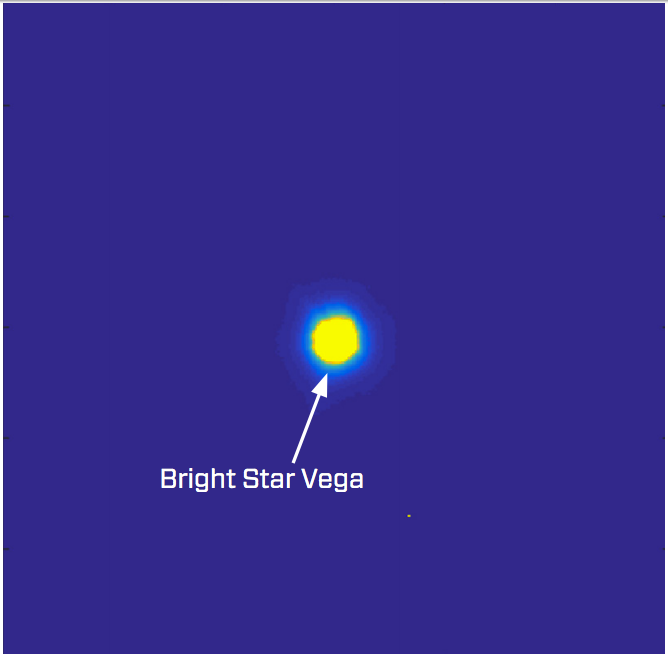
and with a sample starshade at the right distance from the camera imaging it. The first image was saturated completely after just a 1 second exposure time, while the second image returned the following after a 20-minute viewing:
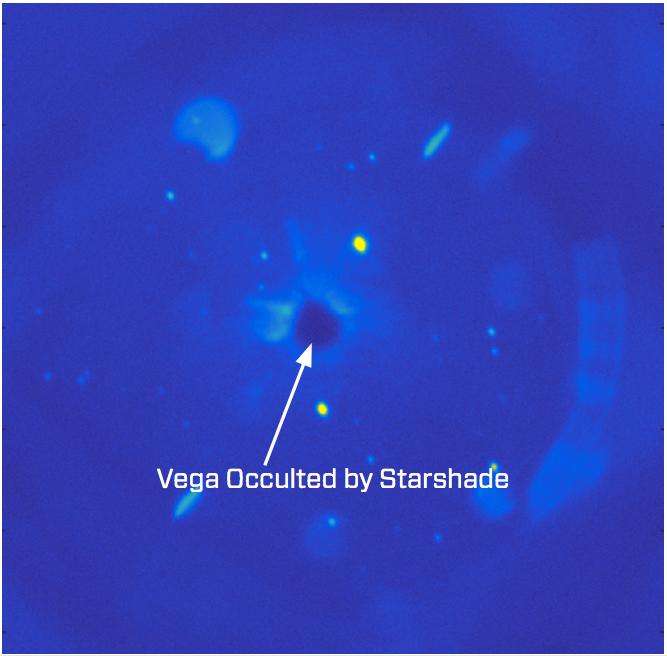
The light from Vega was reduced by more than a factor of one billion, and many new stars that had never been seen before were discovered just by performing this simple test. By blocking the starlight using this new concept — the starshade — we were able to view objects closer to the star than ever before. The next step? Get one into orbit and empower it to work with a Hubble-class (or greater!) optical space telescope. We’ll be able to see the light directly from dozens of rocky planets, for the first time, including their spectra as the planet rotates and revolves in its own orbit. For the first time, we’ll be able to measure whether rocky worlds in other solar systems, perhaps even in the habitable zones of other solar systems, have biosignatures similar (or even different) to those found on Earth. The quest for life in the Universe has just begun, but the future of astronomy involves looking for signs of life, too, and we’re capable of making it happen!
This post first appeared at Forbes. Leave your comments on our forum, check out our first book: Beyond The Galaxy, and support our Patreon campaign!





